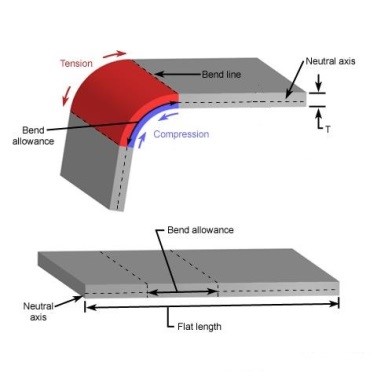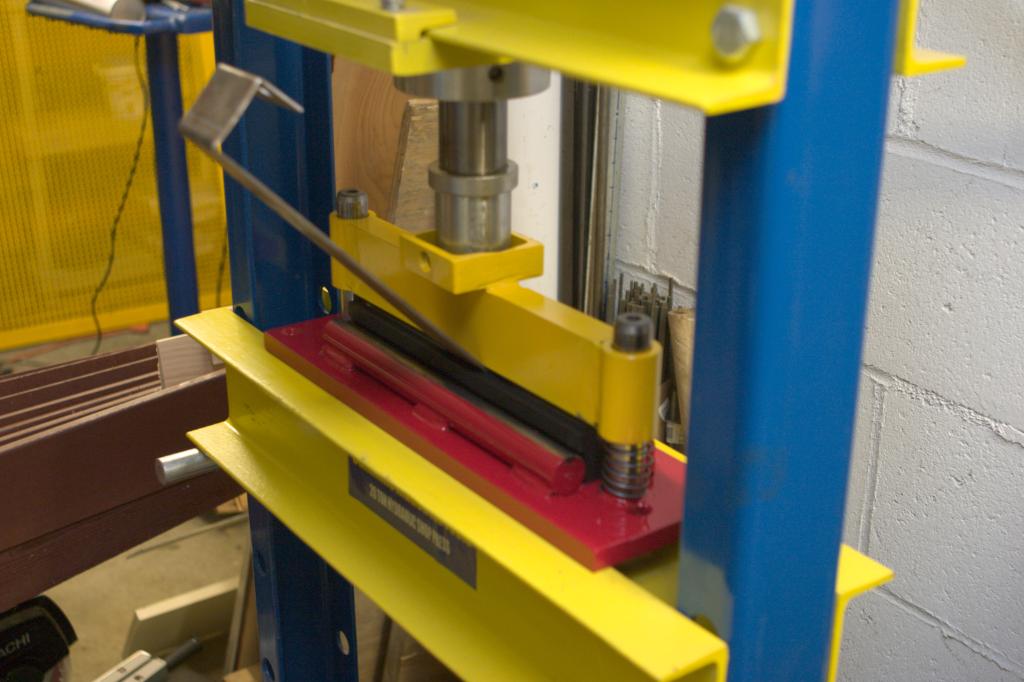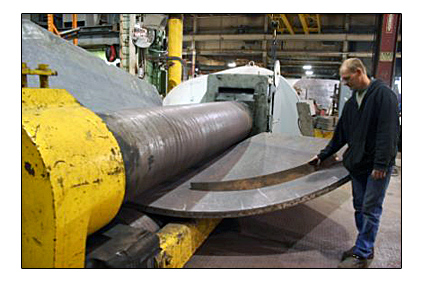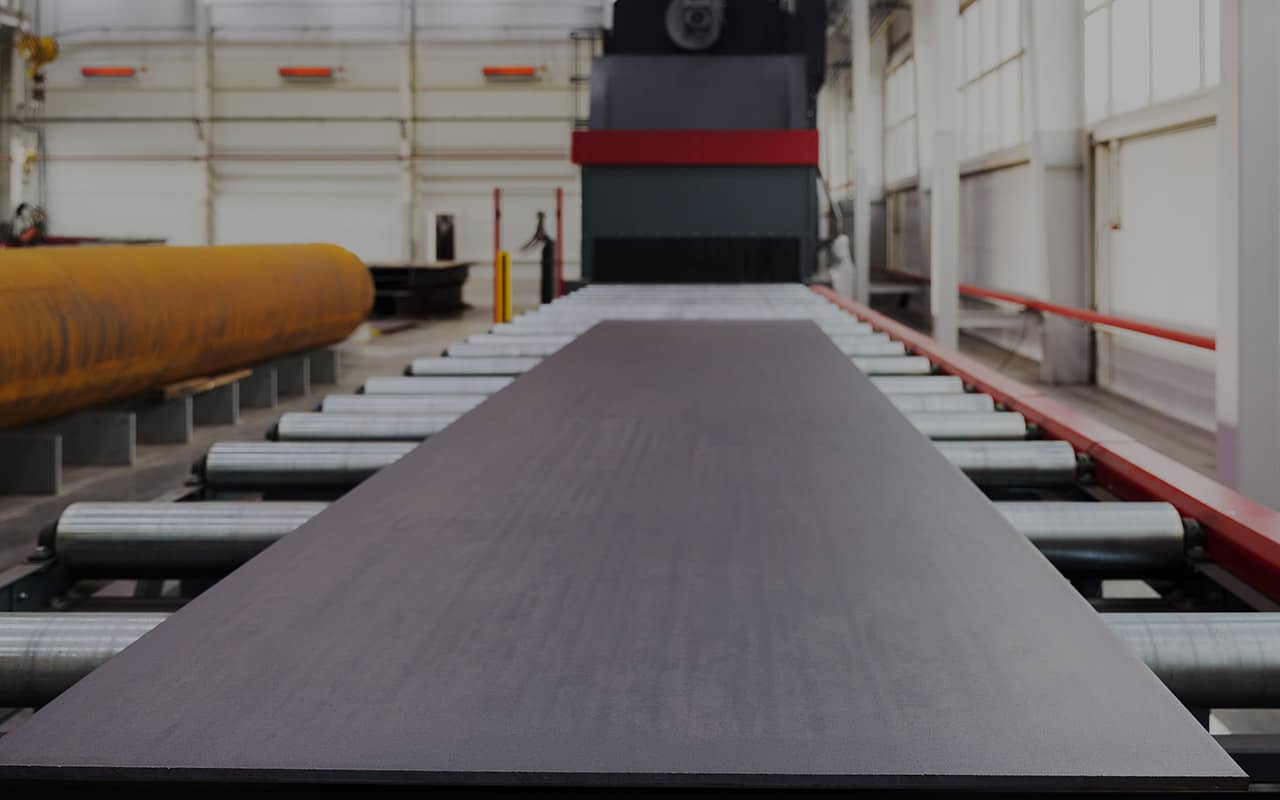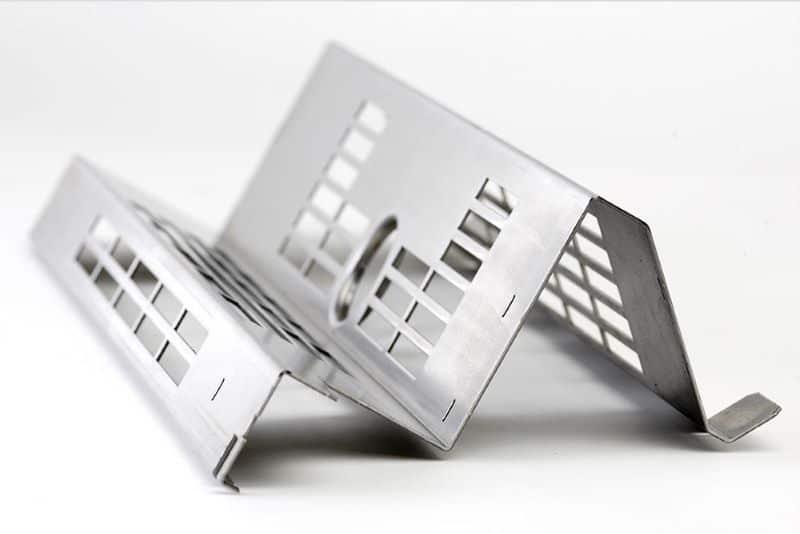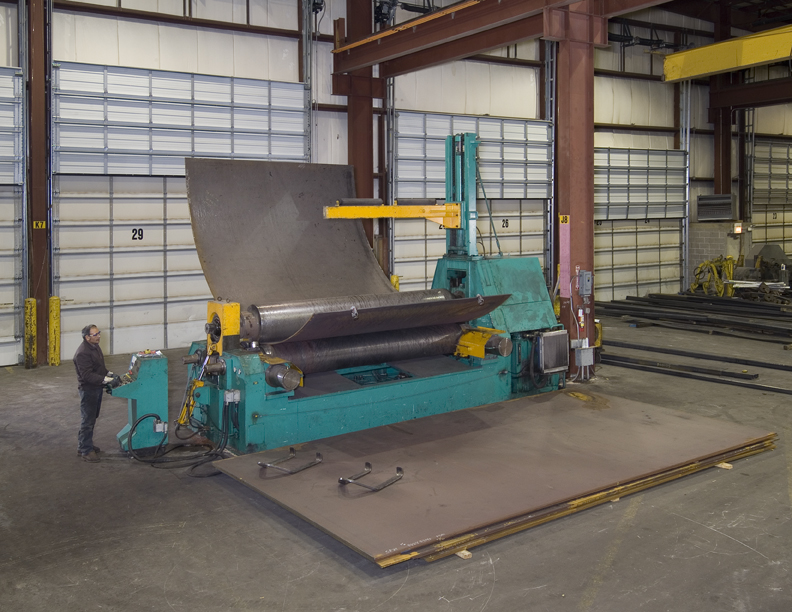Bending Spring Steel Sheet
Shaping a spring to it s desired shape.
Bending spring steel sheet. The spring back of sus301 stainless steel is bigger than sus304 stainless steel. And it will spring back. Part of the fundamental manufacturing processes video series this program examines two of the oldest manufacturing processes. You can bend it.
Due to this elastic recovery it is necessary to over bend the sheet a precise amount to acheive the desired bend radius and bend angle. Tempered spring steel is commonly referred to as high carbon steel and is useful for a number of applications including. The bending radius thickness stainless steel thickness. Quite normal for spring steel isn t it.
If you want to bend it you have to have to heat it to red glowin. Blue tempered and polished spring steel. But due to the hardening it remain its form. Here s how it s done.
The force must exceed the material s yield strength to achieve a plastic deformation. Spring steels are known for their high yield strength which allows objects made of spring steel to return to their original shape after bending and forming. After a bending operation residual stresses will cause the sheet metal to spring back slightly. Commonly used equipment include box and pan brakes brake presses and other specialized machine presses typical products that are made like this are boxes such as electrical enclosures and rectangular ductwork.
Per the chart if you re bending 1 mm cold rolled steel to an inside radius of 20 mm you would have to account for 9 degrees of springback. The larger the ratio the larger the rebound. Our offerings also include. Also known as press braking flanging die bending folding and edging this method is used to deform a material to an angular shape.
When air forming you can define the degrees of springback d using the inside bend radius ir and material thickness mt along with a material factor. The final bend radius and bend angle can be approximated from the sheet thickness k factor material yield. Bending is a manufacturing process that produces a v shape u shape or channel shape along a straight axis in ductile materials most commonly sheet metal. This is done through the application of force on a workpiece.
Bending is one of the most common sheet metal fabrication operations.

